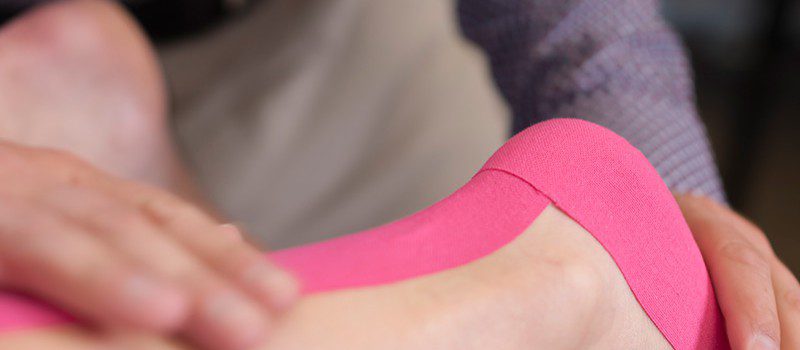
Achilles Tendinitis – Another Top Cause of Heel Pain
A Greek Myth but real to many sufferers!
Pain at the back of the heel may be achilles tendinitis.
One of the more common foot injuries that we treat is pain arising from the back of the heel in the achilles tendon. Let us discuss what it is, what caused it, what is aggravating it and more important what you can do about it.
Achilles tendonitis is inflammation and tendonosis is degeneration and irregular healing of the achilles tendon. The achilles tendon is the large tendon located in the back of the leg that inserts into the heel. The pain caused by achilles tendonitis/osis can develop gradually without a history of trauma. The pain can be a shooting pain, burning pain, or even an extremely piercing pain. Achilles tendonitis/osis should not be left untreated due to the danger that the tendon can become weak and rupture requiring surgery.
What makes it worse? What has caused this?
Achilles tendonitis is aggravated by activities that repeatedly stress the tendon, causing inflammation. In some cases even prolonged periods of standing can cause symptoms. In many people who have developed achilles tendonitis, chronic shortening of the gastroc-soleus muscle complex is the reason that home remedies and anti-inflammatory medications fail. In these instances the muscle itself becomes shortened and creates a constant stress at the tendon’s attachment. Like a green branch that is slowly bent, eventually it begins to breakdown. Over a prolonged period the tendon becomes inflamed, and in the worst cases, appears swollen and thickened. In certain circumstances attempts to heal have failed and the body’s inability to heal the tissue results in degenerative changes known as achilles tendonosis. Anti-inflammatory medication, stretching and ice may only provide temporary relief, because they address the inflammation but not the root cause.
Remember, if the pain persists in any part of the body longer than 3 weeks, it is not likely to go away on its own.
What can be done?
Many physical therapies exist to help with the pain. We have found the combination of modalities, stretching, acupuncture, footwear modification and myofascial release to be very effective. In resilient cases, Radial Shockwave may be indicated. We have been using Shockwave Therapy successfully at our clinics in Edmonton and St. Albert for over 9 years. The short answer to the obvious question: Yes it works. The key to the treatment of this, and other foot problems, is an accurate diagnosis. With this, a treatment regimen tailored to you and your specific situation can be devised. We treat many acute and chronic “achilles tendinitis” in “Edmonton” and “St. Albert”, so remember “heels shouldn’t hurt.”
In Health
Grant Fedoruk

This pain been in my heel maybe a year or more. I thought it was the shoes . But now it hurts bad I cry sometimes. I also thought it was a heel spur. Will I have to have surgery?
Unless it is ruptured, there is rarely surgery for this condition. Conservative treatment is the first approach with other alternatives such as PRP, cortisone and even nitro patches as alternatives should the pain be resilient.
If the Achilles tendon has torn, surgery would most likely be performed in order to repair the damage.
When Achilles tendinitis comes along with Haglund’s deformity, it’s called Haglund’s Syndrome.